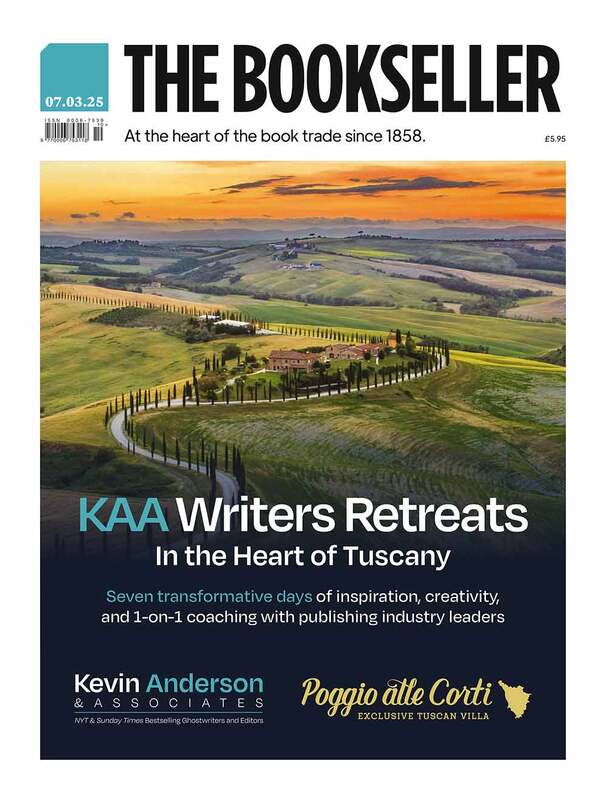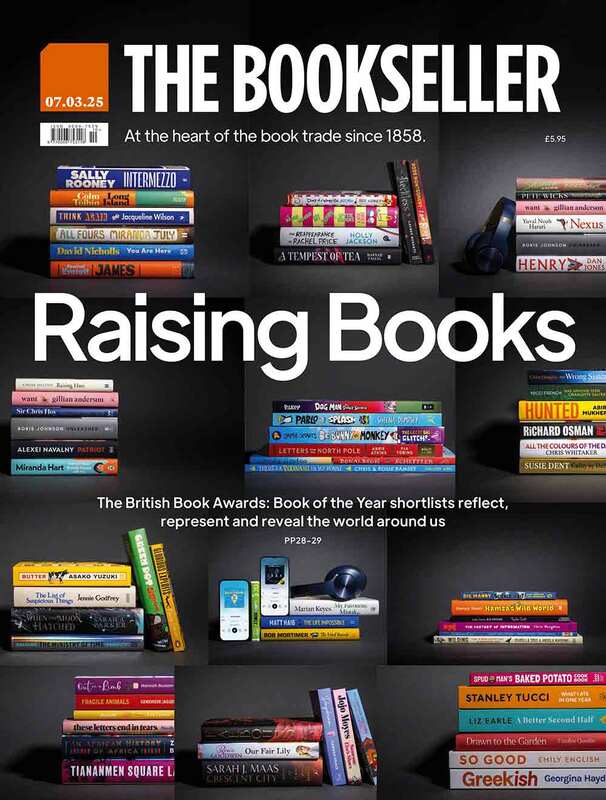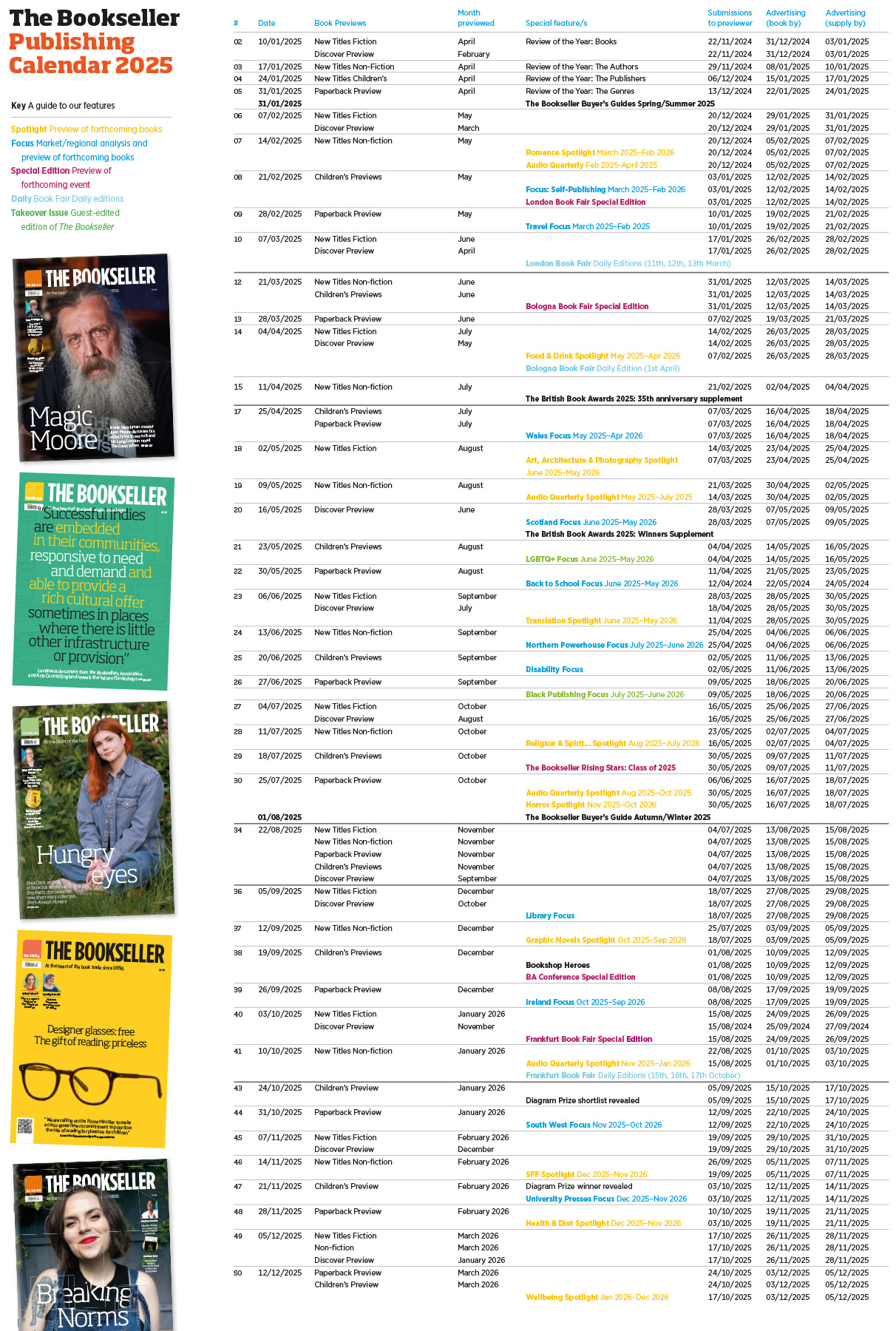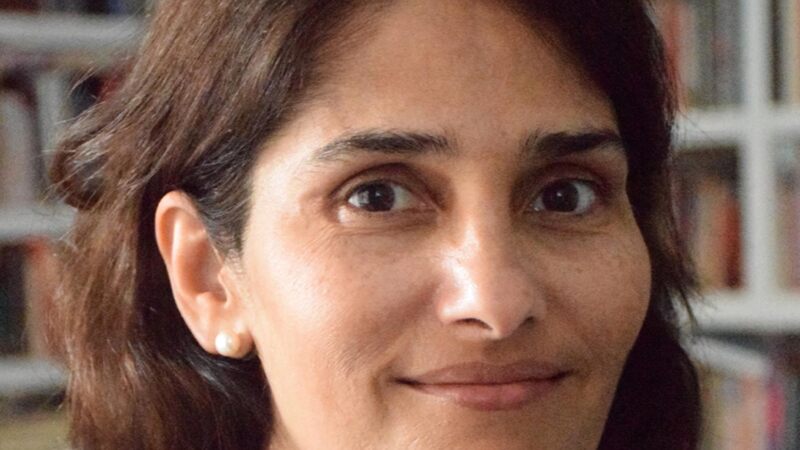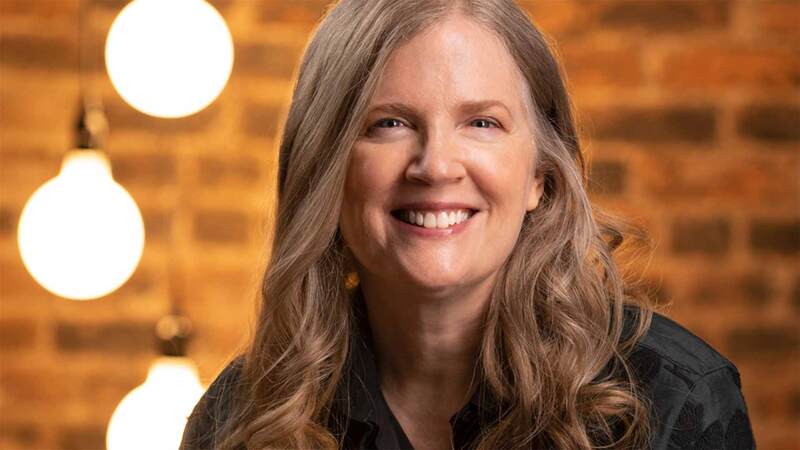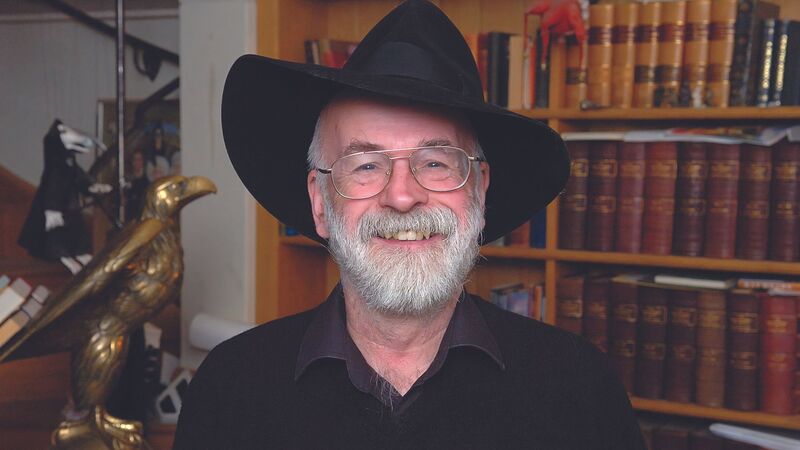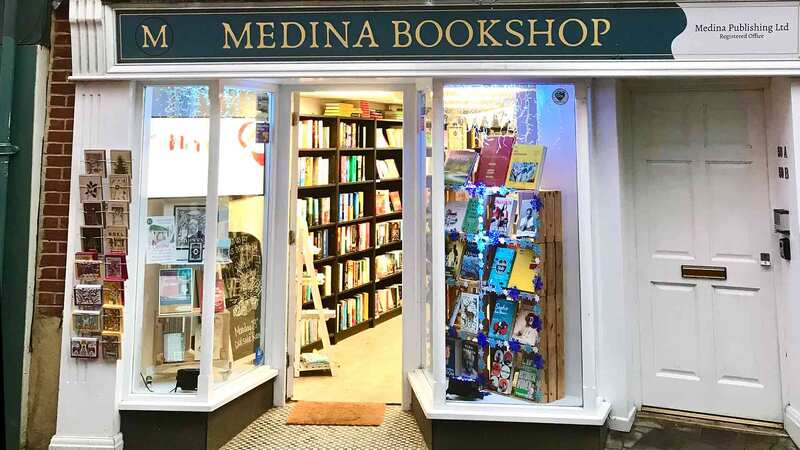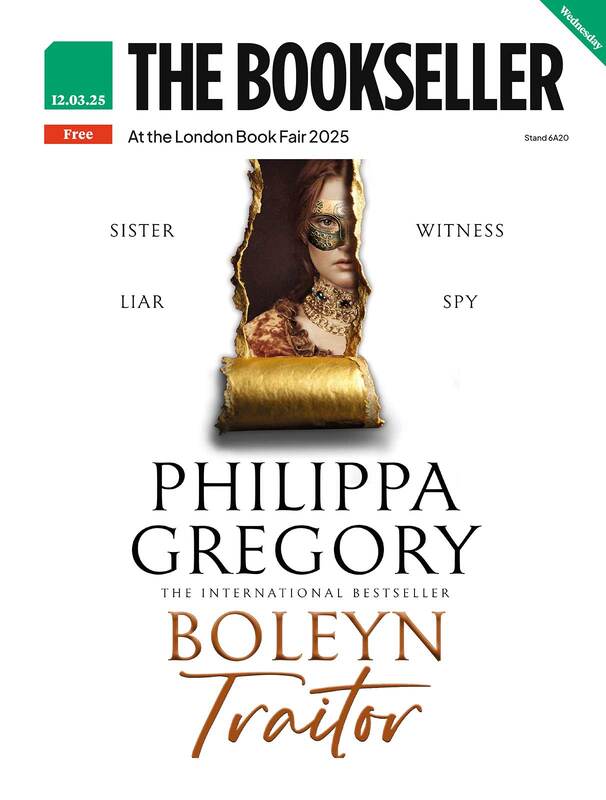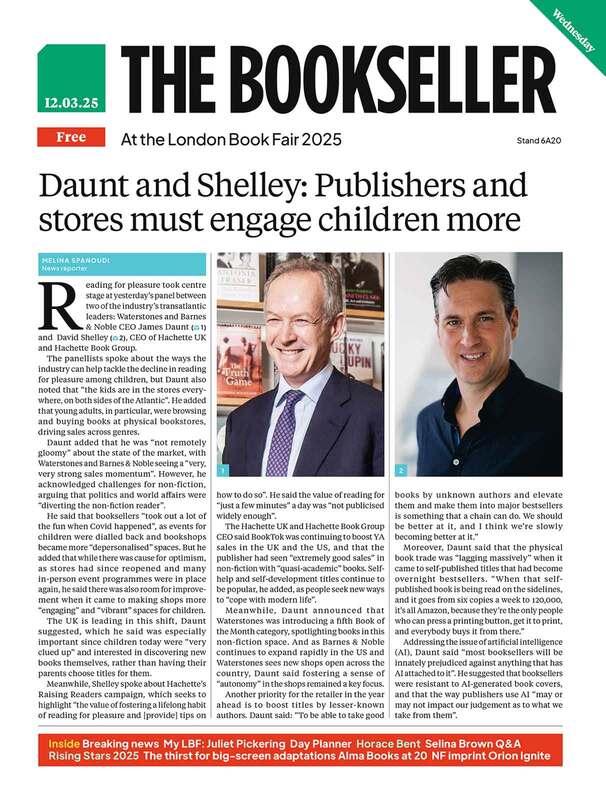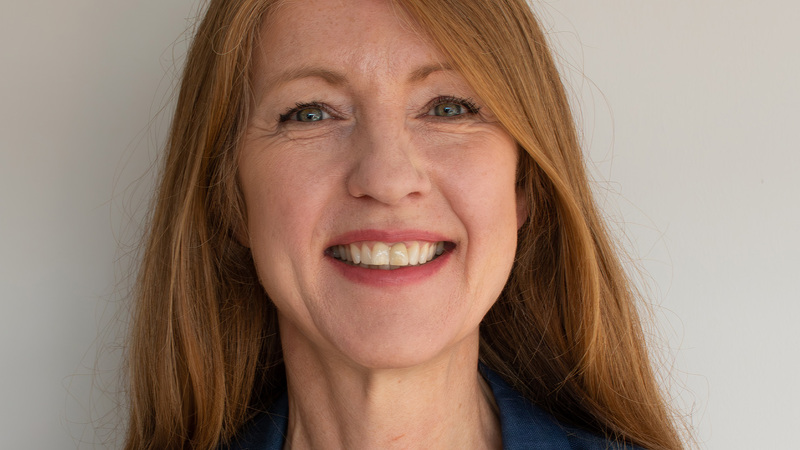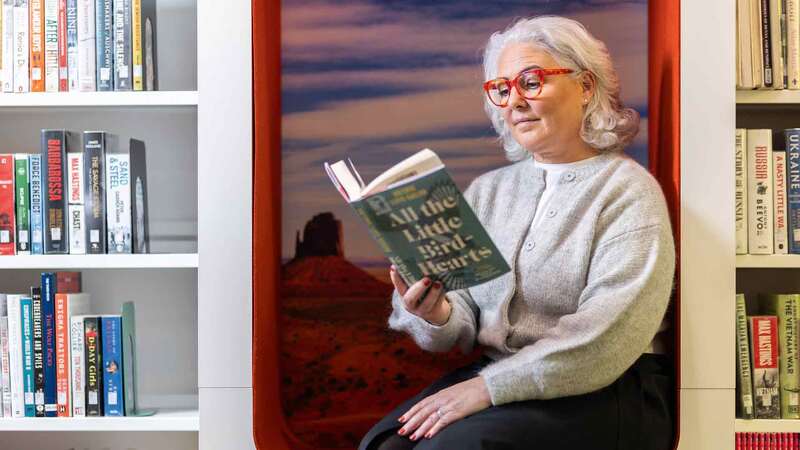You are viewing your 1 free article this month. Login to read more articles.
New Scottish library strategy aims to put them at heart of pandemic recovery
A new public library strategy for Scotland has been published, developed with the help of countries all over the world, including Denmark, Australia and the US, and seeking to make libraries key to helping people and their communities recover from the effects of the coronavirus pandemic.
Revealing the five-year strategy today (24th August) chief executive of the Scottish Library & Information Council (SLIC), Pamela Tulloch (pictured) said its three aims were "people, place and partnership". The 2021 to 2025 "Forward" strategy recognises libraries contribute to people’s reading, literacy and wellbeing, and are welcoming spaces for people to borrow books as well as meet like-minded people and learn new skills. Because of this, they can support communities using partnerships with health and education bodies. The existing health and wellbeing offer from libraries is estimated to bring a cost saving to NHS Scotland of £3.2m each year.
The new strategy focuses on further integration and provision of digital services which have increased since the pandemic, building seamless customer journeys and service consistency across the library network, plus digital literacy training and access to equipment to help close Scotland's “digital divide”. The strategy also commits to building on existing in-person services, ensuring they "continue to be welcoming, trusted and supportive places for everyone at the heart of communities".
Speaking about the popularity of libraries in Scotland, Tulloch told The Bookseller that in 2019 there were more than 40 million visits to libraries in Scotland, including both physical and virtual visits. "That’s pretty high for a population which is 5.5 million," she said. So people who use them use them a lot, but we want to reach the people who don’t use them because they’re missing a trick, there’s so much there for them to enjoy. We want to include everybody. We know there are harder to reach groups and we certainly want to get them involved in libraries as well in the next five years. Equality, diversity and inclusion is very much at the heart of the new strategy.”
 Tulloch is most excited about the potential of virtual and augmented reality in libraries, after the success of coding clubs from the 2015 strategy. She says she hopes to see more of a focus on digitally driven arts and creativity courses, inspired by examples the team saw from libraries all over the world.
Tulloch is most excited about the potential of virtual and augmented reality in libraries, after the success of coding clubs from the 2015 strategy. She says she hopes to see more of a focus on digitally driven arts and creativity courses, inspired by examples the team saw from libraries all over the world.
“We’ve really been able to tap into what’s been happening in library development across the globe to shape this strategy,” Tulloch told The Bookseller. The team were particularly impressed with Australia’s data-driven approach to its library offer and use of ID management systems to measure the impact of new promotions. “I think it’s about that kind of business-like approach to managing the public offer which I think improves the customer experience so we’re very keen to see the data-driven service improvement be more widely adopted than it currently is," she said.
In the US, libraries often have music practice rooms or sewing spaces available. “It’s that access where people get to try things that they can’t afford to try for themselves, like using 3D printers,” said Tulloch. “The library gives people the opportunity to experiment and quite often you don’t know if you’re good at things if you’ve never had the opportunity to try.”
In Scandanavian countries such as Denmark, “they were very much about celebrating community and giving people flexible space", she said. “The book offer is definitely there but actually how people use the libraries in Scandanavia is very much down to them. For example, in some of the libraries they use outdoor space for mini allotments where people can come together to grow produce for communities.
“In the city centre, the big library in Aarhus... is called the city’s living room. It’s very much there for citizens to use as they wish. Certainly that whole flexible space is something that we’re looking to create. We don’t have libraries in Scotland that are of the same physical scale but that doesn’t mean that we can’t do more with the space that we have.”
Led by SLIC and delivered by public library services, the new strategy will contribute to nine out of 17 of the United Nations Sustainable Development Goals (SDGs) to achieve a better and more sustainable future for all by 2030.
Tulloch said Scottish libraries are “really looking forward” to activities such as film clubs starting up again as the country reopens, and says there’s lots to look forward to next year, with 2022 designated as Scotland’s “year of stories” that will see a new “reading moment” campaign launched to encourage people to read for six minutes a day to improve their mental health.
"Post-pandemic, we’re really helping communities to rebuild. Libraries are pivotal to that," she said.

